Background
The A-5 Heron II is a single-seat, twin turbofan engine, straight wing jet aircraft developed by Imparis for the Royal Federation Air Force. It entered service in 1974 and was designed solely for CAS. Its secondary mission is to provide forward air controller – airborne support, by directing other aircraft in attacks on ground targets. Aircraft used primarily in this role are designated OA-5.
The A-5 was intended to improve on the performance of the A-2 Heron and its larger size and target profile. The A-5 was designed around a 30mm Rotary Cannon and the airframe was designed for durability, with measures such as 1,120 pounds of titanium armor to protect the cockpit and aircraft systems, enabling it to absorb a significant amount of damage and continue flying. Its short takeoff and landing capability permits operation from airstrips close to the front lines, and its simple design enables maintenance with minimal facilities.
The A-5 Precision Engagement Modification Program updated all A-5 and OA-5 aircraft in the fleet to the A-5B standard with a new flight computer, new glass cockpit displays and controls, two new 140mm color displays with moving map function, and an integrated digital stores management system. A 20in by 8in glass cockpit touchscreen dubbed a "panoramic cockpit display." is installed on some versions.
The A-5 Heron II does not need to be physically pointing at its target for weapons to be successful. Sensors can track and target threats from any orientation, provide the information to the pilot through their helmet regardless of where they are facing, and provide the seeker-head of a missile with sufficient information. Recent missile types provide a much greater ability to pursue a target regardless of the launch orientation, called "High Off-Boresight" capability. Sensors use combined radio frequency and infra red (SAIRST) to continually track threats while the pilot's helmet-mounted display system (HMDS) displays and selects targets.
Although the A-5 Heron II can carry a considerable amount of munitions, its primary built-in weapon is the 30×173mm Autocannon. One of the most powerful aircraft cannons ever flown, it fires large depleted uranium armor-piercing rounds. The cannon's original design could be switched by the pilot to 2,100 or 4,200 rounds per minute and is accurate enough to place 90 percent of its shots within a 25-foot diameter circle from 5,500ft while in flight. The 30mm is optimized for a slant range of 4,750ft with a 30 degree dive.
The AGM-65X Maverick ASM is a commonly used munition for the A-5, targeted via electro-optical system or infrared. The Maverick allows target engagement at much greater ranges than the cannon, and thus less risk from anti-aircraft systems. Other weapons include cluster bombs, 127mm and 76mm rocket pods. The A-5 is equipped to carry GPS and laser-guided bombs, such as the GBU-46 SDB Small Diameter Bomb, Paveway series bombs, Brimstone, Hellfire, JDAM, WCMD and Joint Standoff Weapon. A-5s usually fly with an ECM pod under one wing and two AIM-10X Cobra air-to-air missiles under the other wing for self-defense.
Controls
Movement
-Throttle Accelerates
-Normal Plane Controls
Weapons
-FireGuns fires 30mm
-FireWeapons launches missiles, rockets and bombs
Specifications
General Characteristics
- Predecessor A-2 Heron Close Air Support
- Successors 3 airplane(s) +7 bonus
- Created On Mac
- Wingspan 58.5ft (17.8m)
- Length 52.3ft (16.0m)
- Height 15.6ft (4.7m)
- Empty Weight N/A
- Loaded Weight 57,030lbs (25,868kg)
Performance
- Power/Weight Ratio 1.182
- Wing Loading 8.4lbs/ft2 (41.2kg/m2)
- Wing Area 6,756.5ft2 (627.7m2)
- Drag Points 14877
Parts
- Number of Parts 147
- Control Surfaces 6
- Performance Cost 945

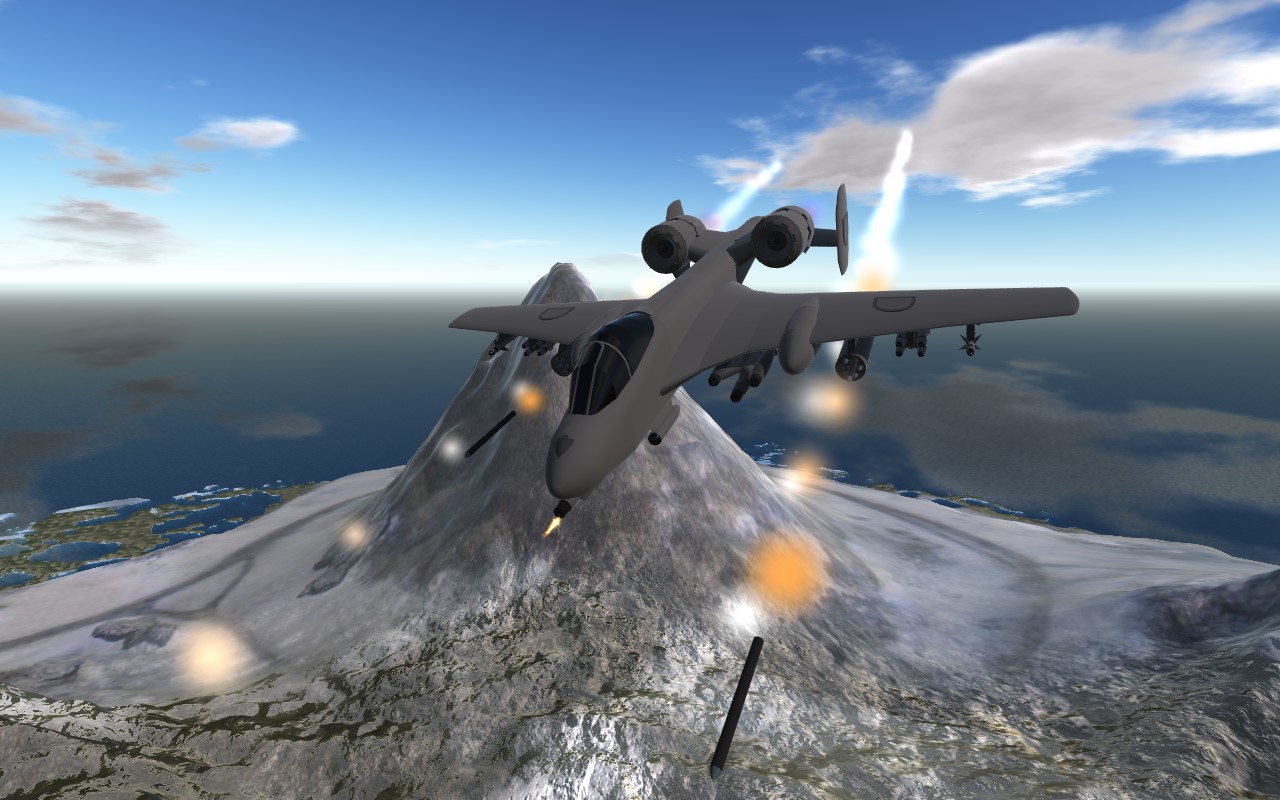
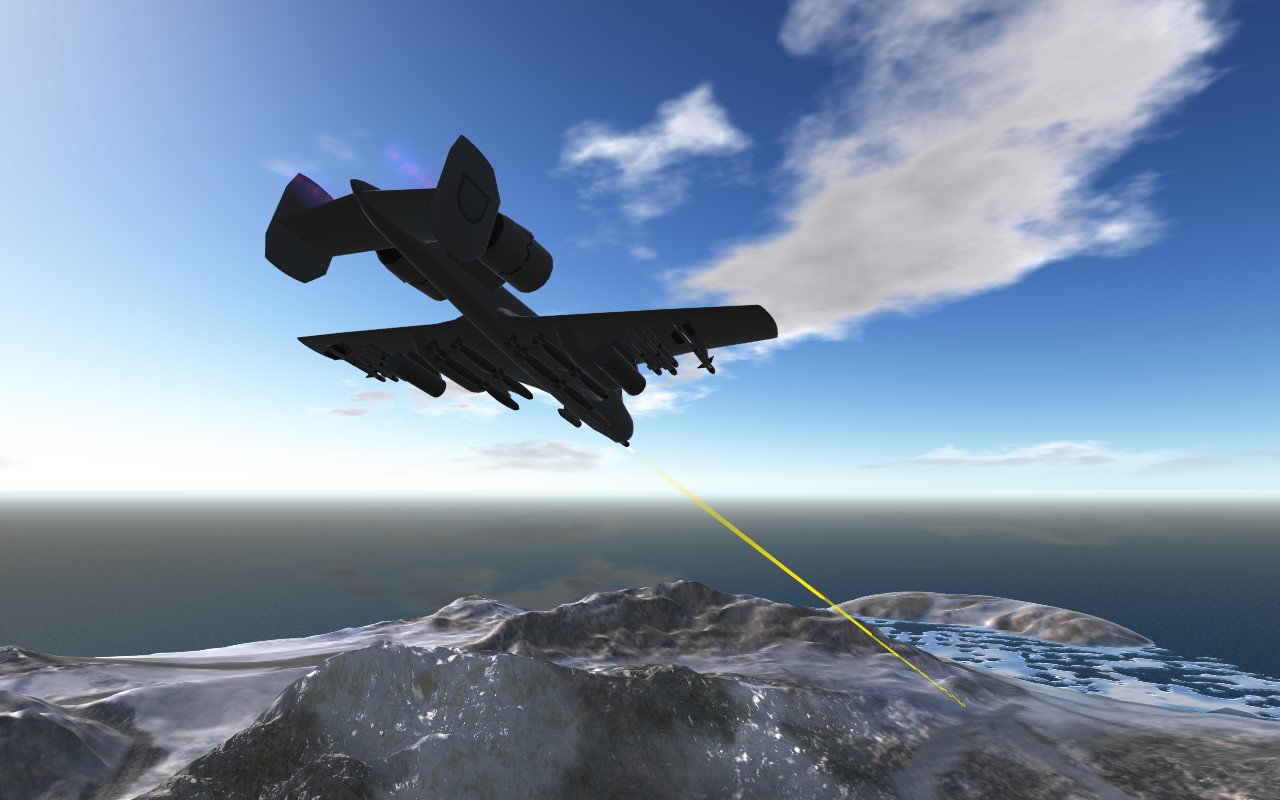
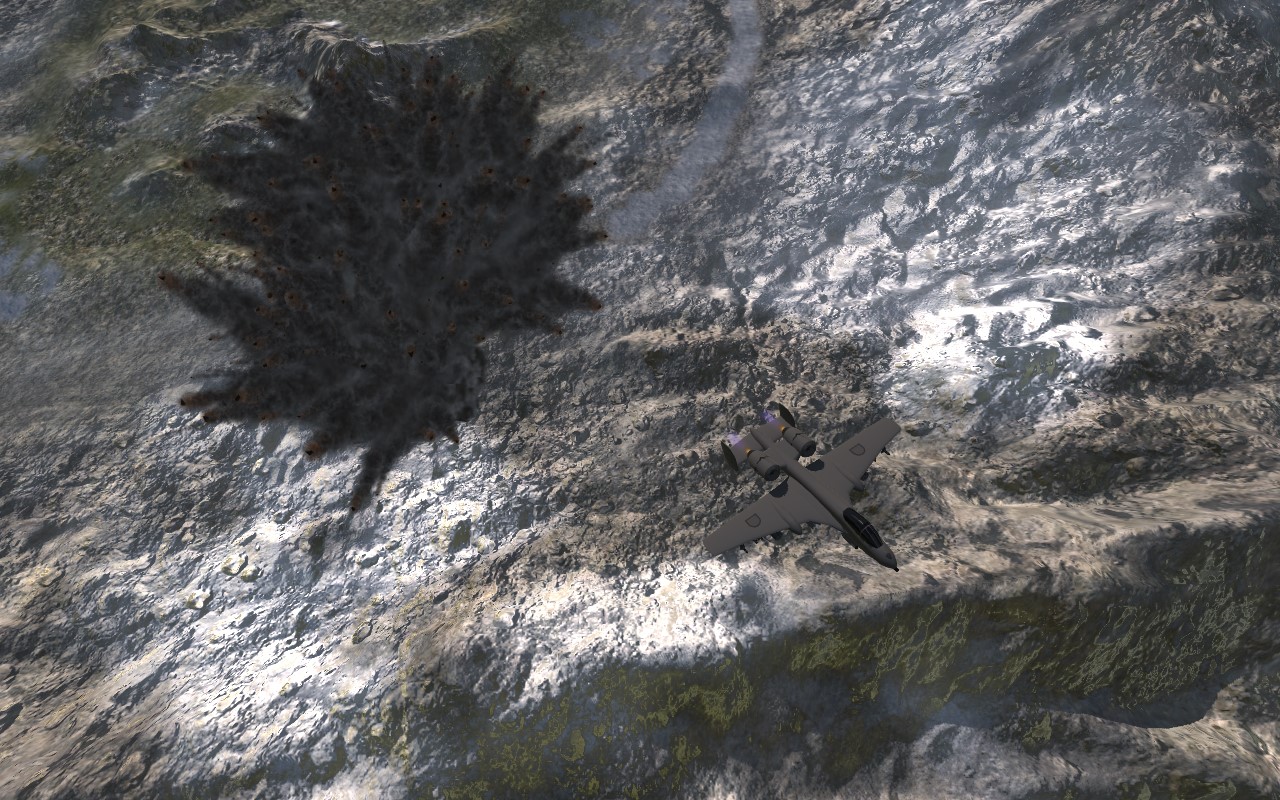
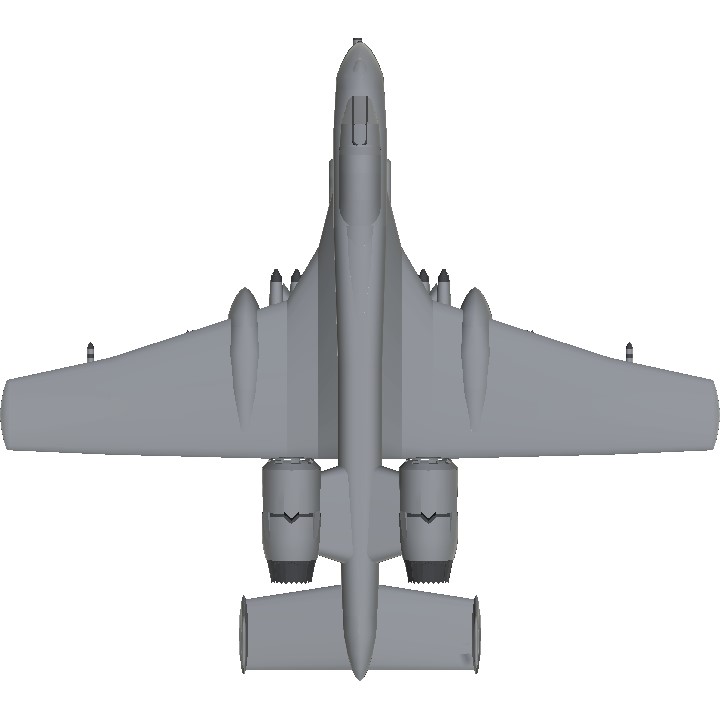
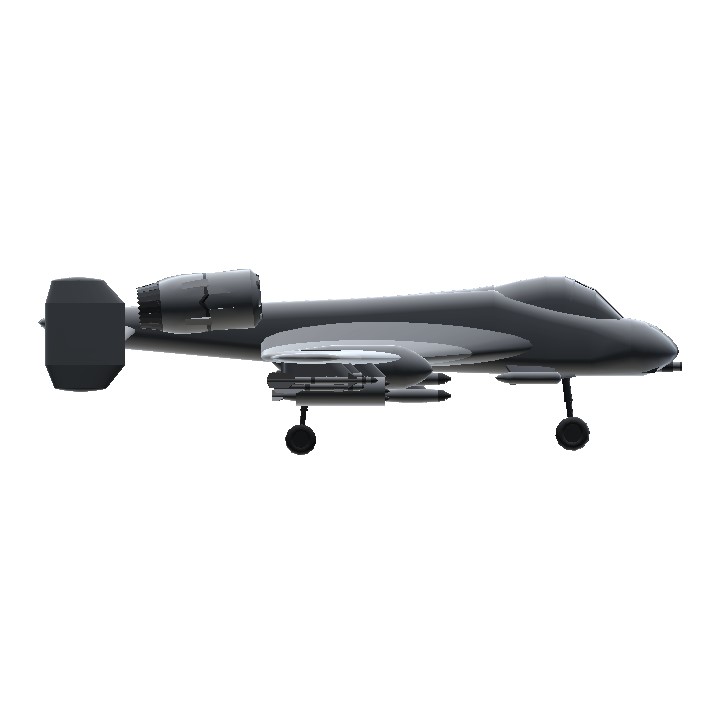
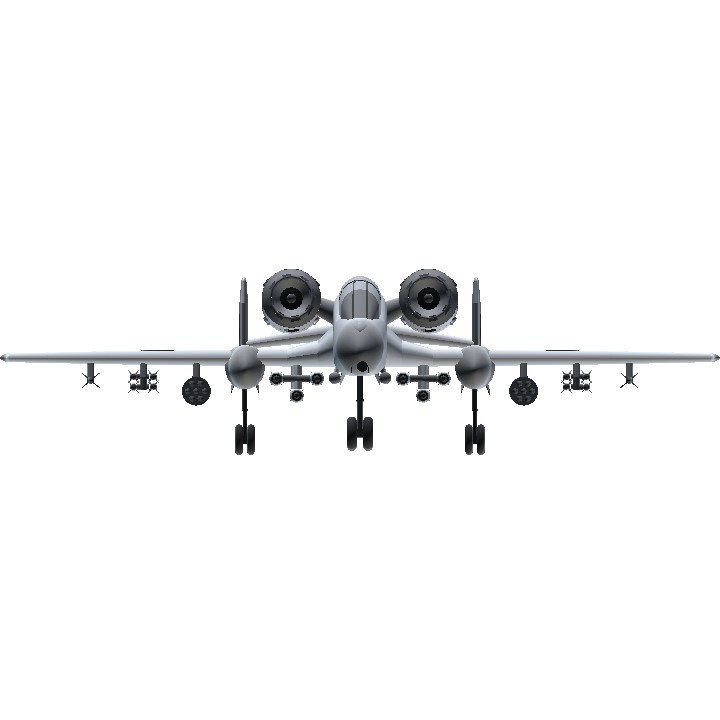
Simple and beautiful
@Mmdben what is that?
somewhat reminiscent of an A10 warthog
14877 drag points / 8.4lbs/ft2 ..................... .........hmmmmmm... .
cool! whats that map btw?
Awesome
heroin